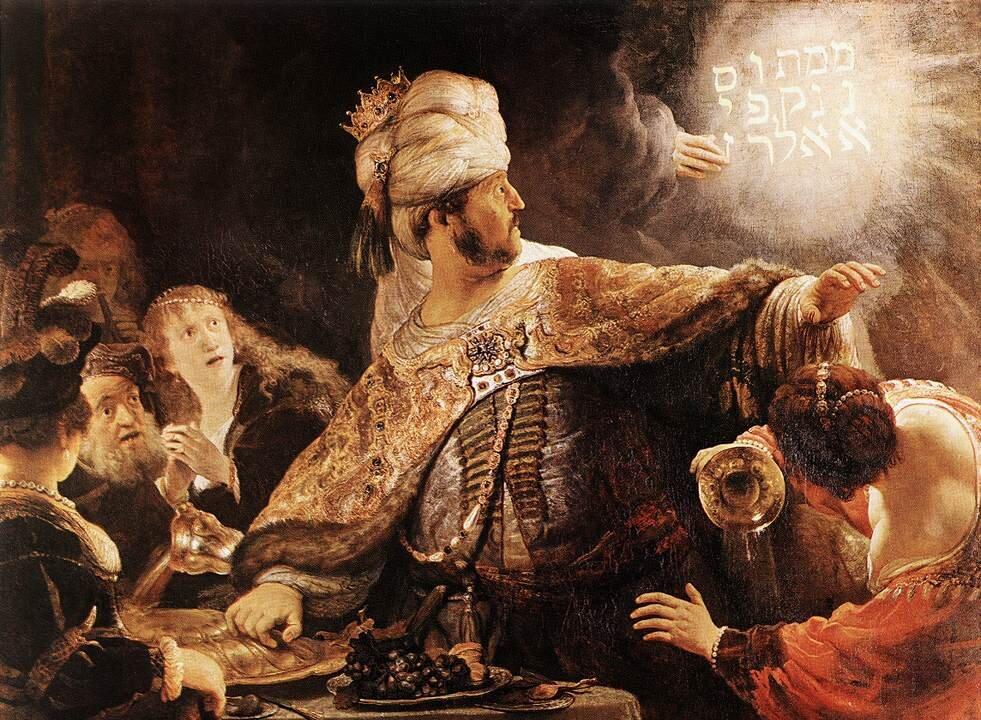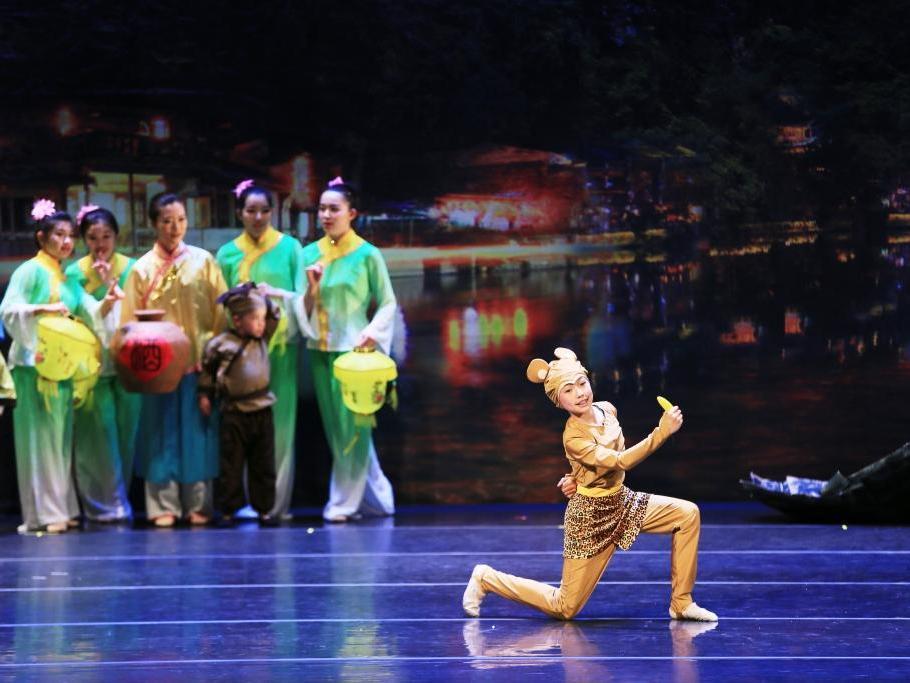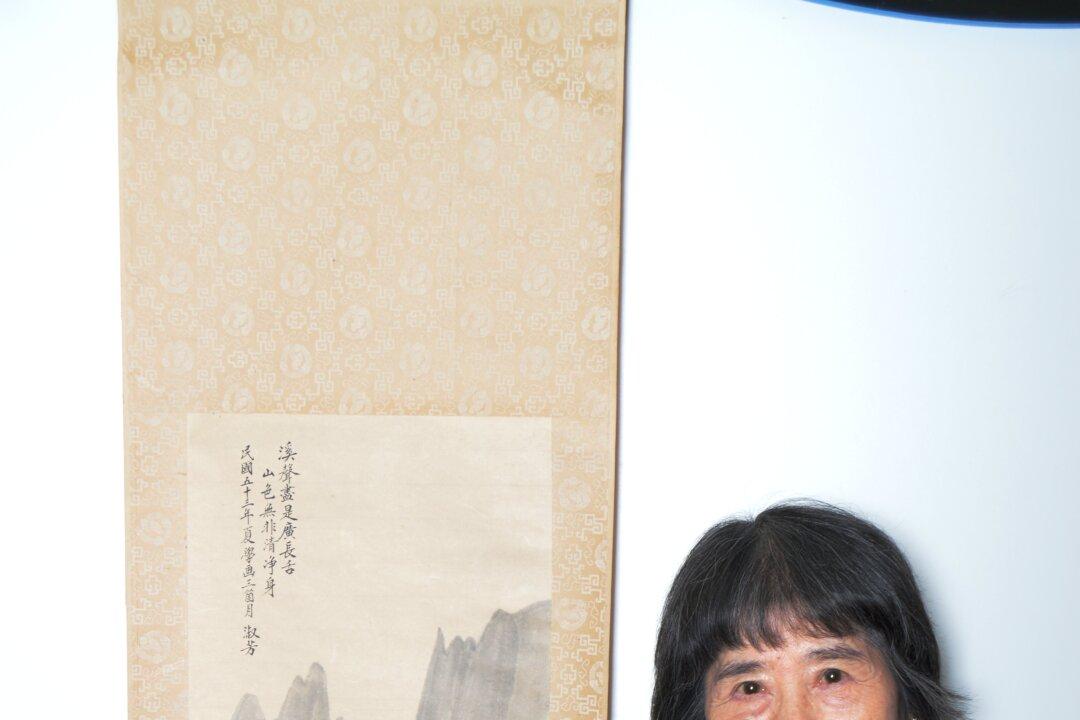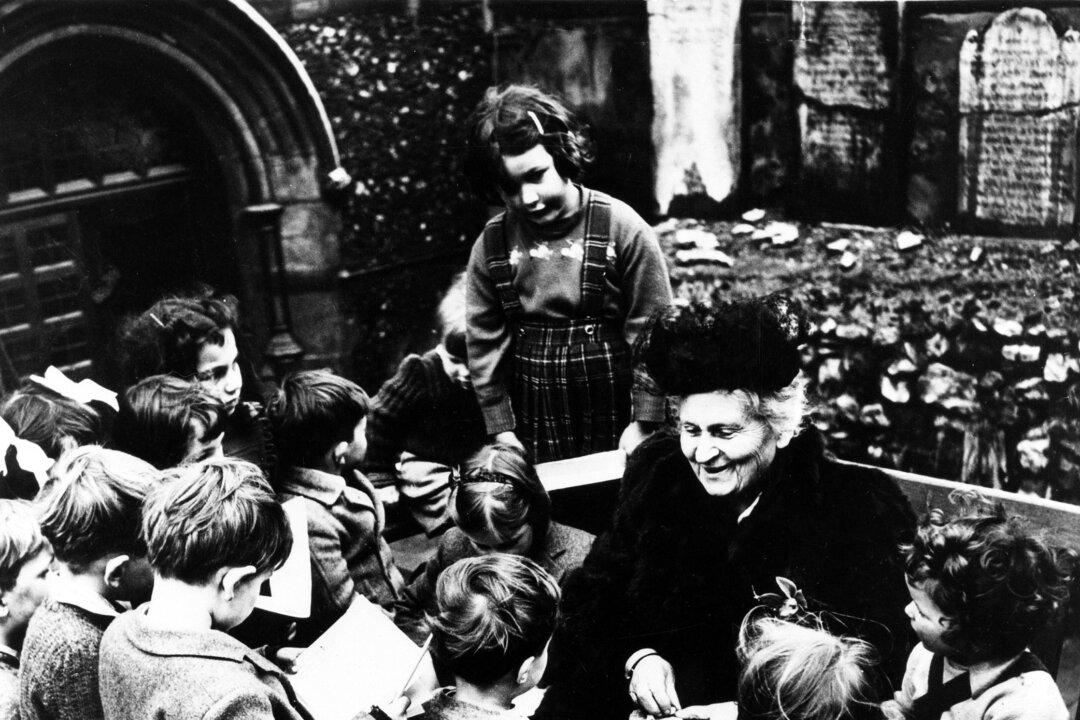SAN FRANCISCO—In the ruins of Babylon, in modern-day Iraq, the Cyrus Cylinder was discovered in 1879. It tells, in Babylonian script, the story of how Cyrus II, also called Cyrus the Great, conquered Babylon and freed its people from the city’s despotic ruler.
The artifact is currently exhibited at the Asian Art Museum in San Francisco, where Forrest McGill, chief curator, spoke Friday with members of the Society of Asian Art about the ancient Persian ruler as he has been depicted in European artworks from the 16th to the 18th centuries.
The story of the Persian king Cyrus defeating the Babylonian king Nabonidus and his son Belshazzar was well known and celebrated long before the cylinder was unearthed, and had inspired painters such as Rembrandt and composers such as Handel.
Model Ruler
On account of his humane and magnanimous personality, Cyrus was regarded as a model of how a ruler should be, McGill said, and he told the audience the story of how Cyrus turned the disobedient king of Armenia into a supporter and friend.
Cyrus first made the king promise to tell the truth. Then he asked him, “If our roles were reversed, what would you do?” The Armenian king admitted that he would kill such a disobedient king. Cyrus asked, “If I let you live, how much would you give me?”
The Armenian king said he would be willing to give Cyrus all his troops and all his money, but Cyrus only took half of the troops and part of the money. That’s how Cyrus made clever use of his mercifulness.
Inspiration for Paris and London
In the Palace of Versailles, France, a series of more than 30 paintings by the French painter Hyacinthe Collin de Vermont (1693–1761) was dedicated to the life of Cyrus: how he was abandoned by his grandfather, how he was raised by a shepherd and his wife, how he freed the Jews from captivity in Babylon, how he allowed them to return to Jerusalem and rebuild their temple, and other scenes that were known to Europe from the Bible and from the Greek historian Herodotus (ca. 484–425 B.C.), as well as the Greek writer Xenophon (ca. 430–354 B.C.).
During the same time period, and based on the same sources, the theme was picked up by Charles Jennens and George Frideric Handel in London. Handel was very much respected and was a famous figure in London society, according to McGill.
Based on a libretto by Jennens, Handel wrote the oratorio “Belshazzar” in 1744. While the Babylonian King Belshazzar represents moral corruption—holding a blasphemous party, insulting the captive Jews, and stealing their sacred temple vessel, his mother, Nitocris, appears in the oratorio as a wise and adored figure. “She wants him to be a better person,” McGill said.
Cyrus’s Statement
The Cyrus Cylinder is currently on tour to the United States from the British Museum. When an audience member asked whether those who held the cylinder had considered returning it to Iran, McGill said that the cylinder would belong to Iraq as it was found in Babylon. “The Iraqis probably don’t want it because it is about the Iranians conquering Iraq,” he said, thus concluding his lecture.
With vivid images and resounding words in mind, members of the Society for Asian Art made their way through the labyrinth-like galleries of the museum’s second floor to the southeast corner, where the precious exhibition is situated.
The rule of the Achaemenid Persian Dynasty lasted from 550 to 330 B.C. and stretched from today’s Libya in the west to the river Indus in the east, from today’s Egypt in the south to the Black Sea in the north, according to the museum’s information.
As the exhibition’s subtitle, “A New Beginning,” states, the Achaemenids had brought forth a new culture manifested in new types of seals, new forms of currency, new luxury jewelry, new tableware, a new religion, and a new form of writing.
In the center of the gallery, the Cyrus Cylinder, sometimes praised as “the first declaration of human rights” and called by the British Museum “one of the most famous objects to have survived from the ancient world,” draws the visitors’ attention.
The cylinder’s text is deciphered to a great extent. It first enumerates the evil deeds of the Babylonian ruler: “He did yet more evil to his city every day,” and “He brought ruin on them all by a yoke without relief,” to the point where the gods “left their shrines.”
After hearing the people’s complaints, the god Marduk, god “of the whole heaven and earth,” took pity, and “he inspected and checked all countries, seeking for the upright king of his choice” to save the suffering people.
Marduk watched Cyrus and “saw with pleasure his fine deeds and true heart.”
The second part of the text is written from the viewpoint of Cyrus, “I am Cyrus, king of the universe, the great king,” and “Marduk, the great lord, bestowed on me as my destiny the great magnanimity of one who loves Babylon.”
After telling about freeing the people and rebuilding sanctuaries, Cyrus describes the respectful reactions of the kings of various peoples to his rule, and concludes by wishing, “May all the gods that I returned to their sanctuaries ... mention my good deeds.”
The Cyrus Cylinder and Ancient Persia, A New Beginning, at the Asian Art Museum, San Francisco, through Sept. 22, and at the J. Paul Getty Museum at the Getty Villa, Los Angeles, Oct. 2 to Dec. 2, 2013.





